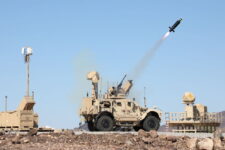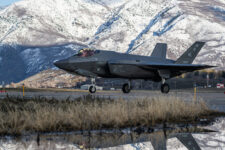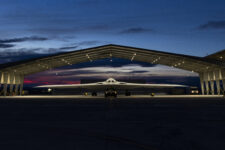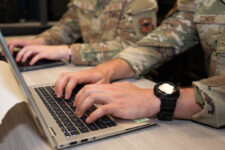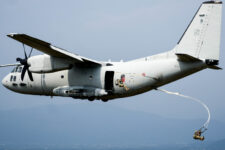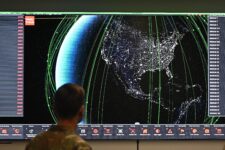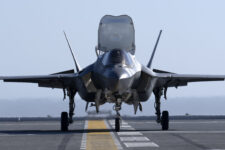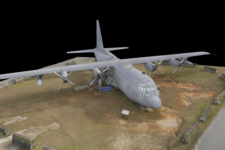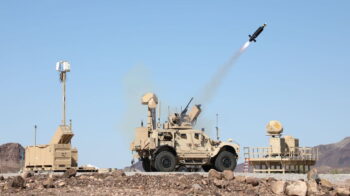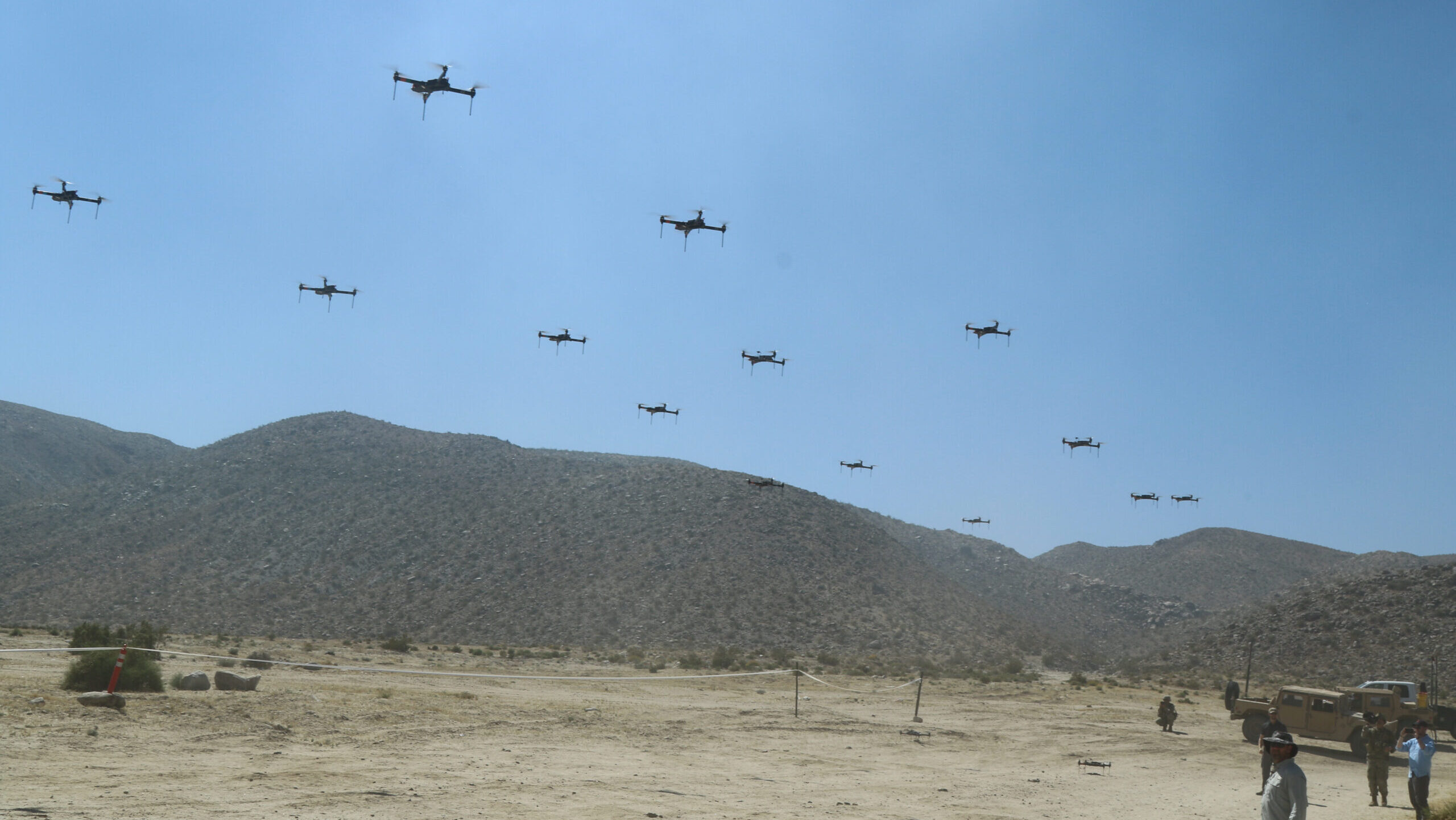
The 11th Armored Cavalry Regiment and the Threat Systems Management Office operate a swarm of 40 drones to test the rotational units’ capabilities during the battle of Razish, National Training Center on May 8th, 2019. (US Army/Pv2 James Newsome)
HUNTSVILLE, ALA — The US Army has begun 3D printing swarms of small aerial drones for soldiers to train against, in anticipation of a decision on how to proceed with an initiative to cheaply and quickly mass produce drones, according to two senior Army leaders.
“What we need right now is the ability to replicate the UAS threat during training at home station,” Army Futures Command head Gen. James Rainey told an audience at the Association of the US Army’s Global Force conference last month. “So Bradley platoon, tank platoon, shooting, gunnery, we got to be able to swarm UAVs on [a] platoon. … We got to be able to replicate that threat.
“And, we need to do it at a price point that is ridiculously low: We don’t need the Gucci cameras and everything else,” he added.
While the Army has not unfurled a plan to boost those numbers, it is gleaning lessons from ongoing wars, such as in Ukraine, where Kyiv’s military is 3D printing the unmanned assets, and in Myanmar, where rebel drone units have reshaped the conflict by producing the cheap weapons in a similar fashion.
Taking heed, the 101st Airborne Division began eyeing ways to leverage the advanced manufacturing capabilities inside the US military and began working with Army Material Command (AMC) on a drone production “sprint,” AMC’s acting commanding general Lt. Gen. Christopher Mohan told Breaking Defense March 26.
RELATED: Army to soldiers: Get small drones back in the air, don’t worry about the red tape (as much)
Still in its infancy, the service is currently producing about 10 group 1 drones per week — those weighing in at less than 20 lbs. For now, that work is spread across two locations with Rock Island Arsenal in Illinois 3D printing the drones before they ship them to the Tobyhanna Army Depot in Pennsylvania where the electronics are integrated.
Now that the Army has determined that it is possible to produce those drones, the next step is deciding if it wants to scale production, Mohan said. If the answer is yes, the service would look for ways to boost production numbers.
“It’s gonna take a couple of months before we get to a decision,” the three-star general added. “We’ve proven that we can do it with this low-level system and we can print this one and produce this then we can produce much larger.”
If the ultimate verdict is to proceed, the service could work on the machinery facilitation and potentially move from 3D printing to injection molding, which is basically a sheet that is pressed over a mold. That shift, he estimated, could boost production towards 10,000 drones per month and be used to help soldiers prepare for combat when they head out to National Training Center and Joint Readiness Training Center rotations.
The service, he noted, is also continuing to look at ways to 3D print parts for a wider array of drones, as well as combat vehicles and helicopters. As part of a second sprint the service will use digital twins to help decide just which parts of the Uh-60 Black Hawk, AH-64 Apache and M113 personal carriers can be 3D printed.
“We’ll basically digitally map that entire vehicle and then apply advanced manufacturing and say, ‘Okay, the following parts can be produced with advanced manufacturing,’” Mohan explained.

